To initiate the SDDC provisioning wizard, on the left-hand side, select Inventory and click on CREATE SDDC, as seen in the following screenshot:
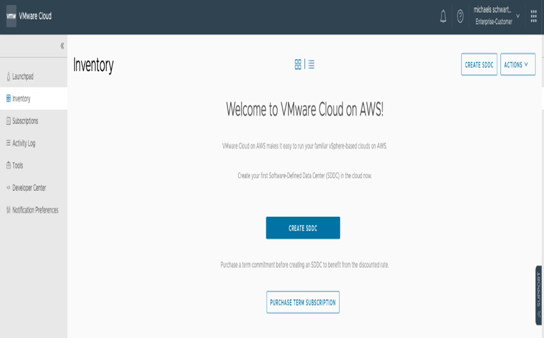
Figure 4.12 – Create SDDC
Information
When selecting the host type and the region, it’s important to match the subscription. The SDDC wizard does not validate the selection with the subscription option. If the subscription does not cover the selected region and host type, on-demand rates will be applied.
The SDDC name is the logical name of the SDDC. You can change the name afterward.
A single-host deployment option is available for Proof-of-Concepts (PoCs) and limited to 60 days. The single-host SDDC has no SLA.
The Stretched Cluster option will create a cluster stretched between two Availability Zones (AZs) in the same region, providing higher redundancy and an uptime SLA of up to 99.99%. Stretched Cluster is a unique option of VMware Cloud on AWS, enabling you to provide resiliency to your applications on the infrastructure level. This infrastructure option is transparent to applications and does not require architecture design changes, helping you to save on EC2 instances and additional service costs and drastically reducing the time it takes to migrate line of business applications to the cloud.
In our example, we have selected a multi-host deployment model with 2 x I4 hosts, the minimal number of hosts for a production cluster, as seen in the following screenshot:
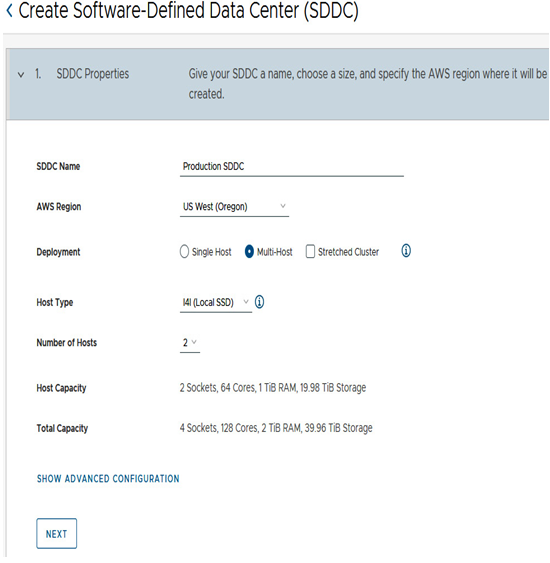
Figure 4.13 – Create SDDC configuration
You can use the advanced configuration option to specify the size of the SDDC appliance. By default, all SDDCs are deployed using a medium appliance size. You can opt to increase the size to large if the design includes a large SDDC with multiple cluster and/or you are looking to implement the multi-edge feature to boost network performance.
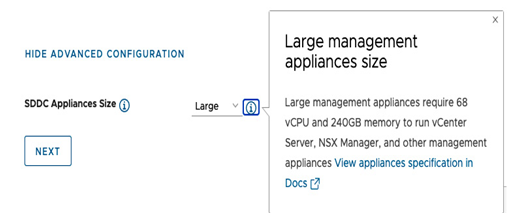
Figure 4.14 – SDDC Appliances Size configuration
The appliance configuration can be changed after the deployment.
Configuring the connected VPC
VMware Cloud on AWS utilizes AWS account linking and AWS CloudFormation to acquire the necessary permissions to access your AWS account. Once the accounts are linked, VMware Cloud on AWS executes a CloudFormation template, establishing IAM roles and granting permissions to access several VMware accounts to assume certain roles.
The Connected VPC serves the purpose of enabling organization to leverage native AWS services in conjunction with VMware Cloud on AWS. Alternatively, a different VPC connected to the SDDC using VMware Transit Connect can also be used to access native AWS services.
To establish a connection between the AWS account containing the connected VPC and the SDDC console, click on OPEN AWS CONSOLE WITH CLOUD FORMATION TEMPLATE, as seen in the following screenshot:
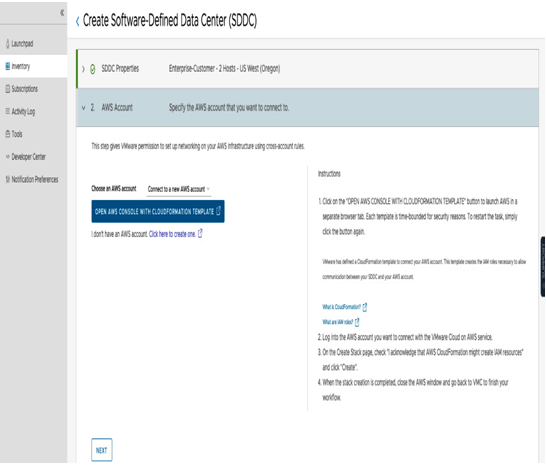
Figure 4.15– Creating and setting up an SDDC AWS account
If not already logged in, use the AWS account ID and credentials to log in to the AWS account that has the connected VPC.
In the AWS Management Console, on the right side, let us change the region from the default US West (Oregon) region to the Europe (Ireland) region in our example, as seen in the following screenshot:
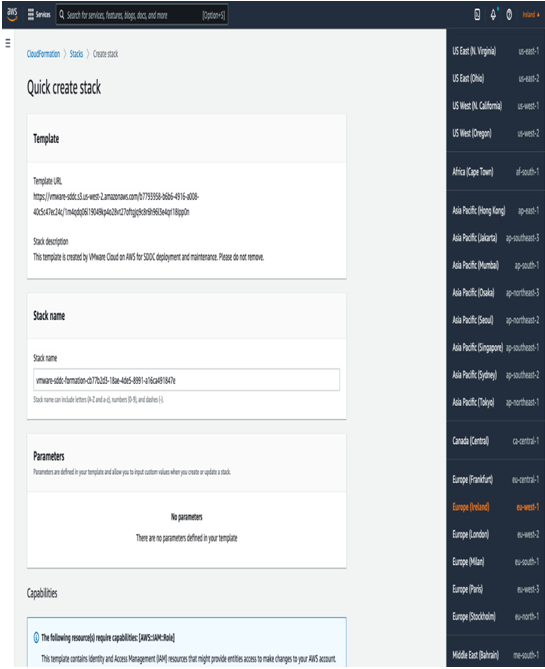
Figure 4.16 – Launch CloudFormation template from AWS Management Console
We can retain or change the CloudFormation stack name. The logged-in user needs to have the appropriate permissions to create an IAM role that updates the VPC routing table through a Lambda function, as seen in the screenshot that follows.
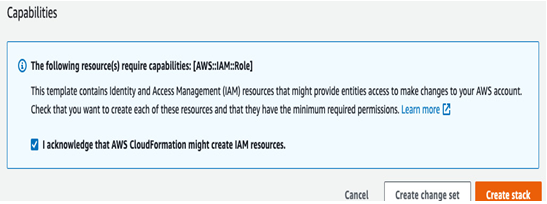
Figure 4.17 – Create CloudFormation Stack from AWS Management Console
Acknowledge the checkbox and click Create stack.
The stack creation process may take several minutes, and when provisioning is completed, the progress can be seen on the left-hand side with the CREATE_COMPLETE status, as seen in the following screenshot:
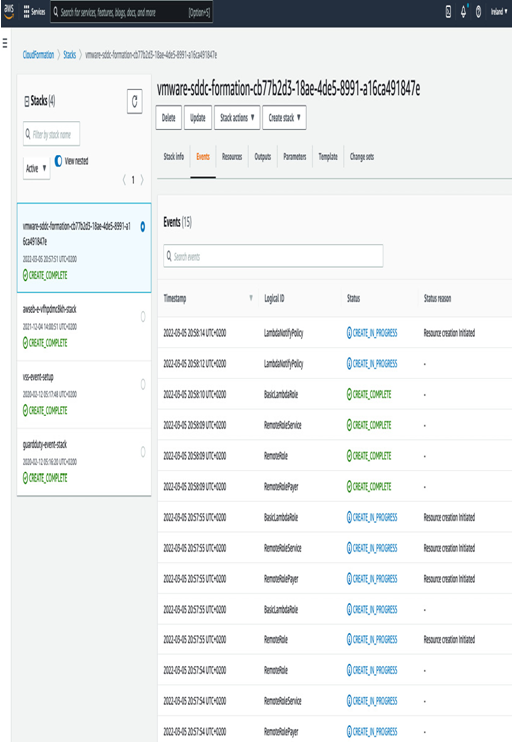
Figure 4.18 – AWS Management Console – Create stack confirmation
NoteVMware Cloud Adminstrators need to make sure the function is not blocked by AWS features such as Control Tower guardrails or Service Control Policies (SCPs). The minimal required permissions can be found in the VMware documentation (https://docs.vmware.com/en/VMware-Cloud-on-AWS/services/com.vmware.vmc-aws-operations/GUID-DE8E80A3-5EED-474C-AECD-D30534926615.html).